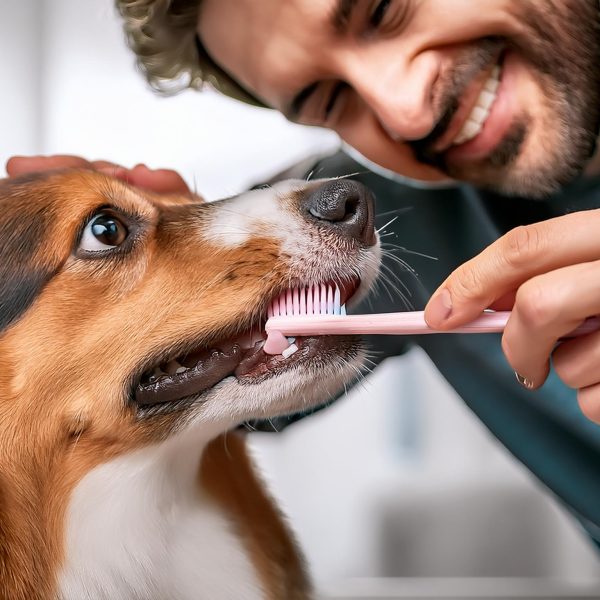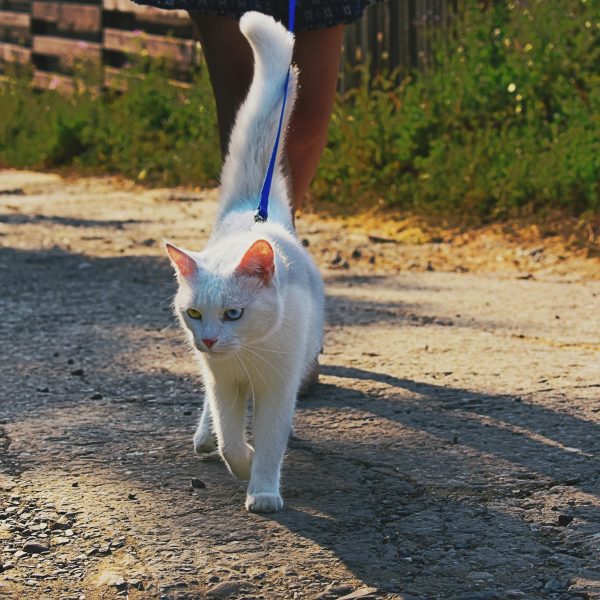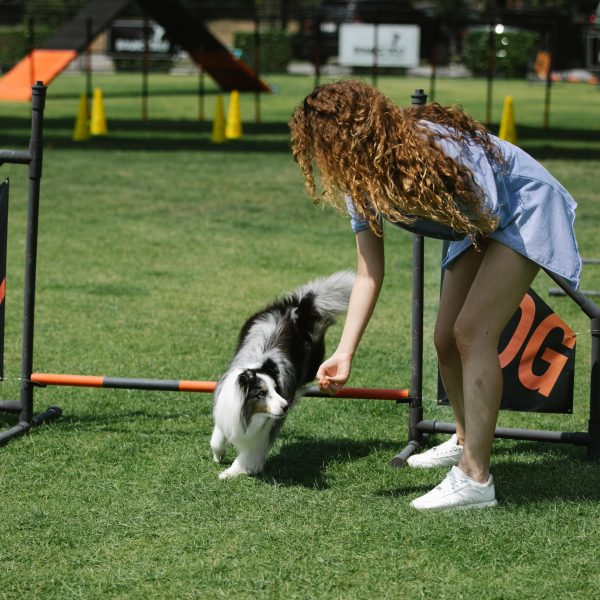Taking care of your furry friend involves more than just making them look good—it’s about keeping them healthy too. When it comes to grooming, every breed has its unique needs. A one-size-fits-all approach might not cut it and could lead to stress or health issues for your pet. Knowing the grooming requirements for different breeds is key to their overall well-being.
Understanding Fur Types
The kind of fur your dog has plays a significant role in how you should groom them. Dogs come with all sorts of coats—short, long, curly, wiry, or double-layered—and each one calls for a specific grooming routine.
Short-Haired Breeds: Dogs like Beagles, Boxers, and Dalmatians sport coats that don’t need a lot of fuss. Regular brushing with a soft-bristle brush or grooming mitt can keep their coat looking shiny by getting rid of loose hair. Baths are typically needed every few months unless your pup gets extra dirty or stinky.
Long-Haired Breeds: On the other hand, breeds such as Shih Tzus, Afghan Hounds, and Yorkshire Terriers rock long locks that require daily attention. Brushing them daily is crucial to prevent tangles and mats from forming. Opt for a slicker brush or comb specially made for long-haired pups. Some breeds may also need trimming to keep their fur at a manageable length and avoid problems like tangles and skin irritation.
Curly Coats: Poodles, Bichon Frises, and Portuguese Water Dogs have fur that can get tangled if not properly looked after. It’s important to brush them at least a few times a week to prevent the curls from knotting up. These breeds also benefit from professional grooming every 4-6 weeks to maintain the quality of their coats.
Wiry Coats: Breeds like the Airedale Terrier, Schnauzer, and Scottish Terrier have fur that needs a more specialized grooming routine. Hand stripping, where dead hairs are plucked by hand, is often recommended to keep the coat’s texture and health in check. This process can be time-consuming, so many owners prefer professional grooming services.
Double Coats: Breeds such as the Siberian Husky, Golden Retriever, and German Shepherd have fur with a soft undercoat and a coarser outer coat. These breeds shed quite a bit during seasonal changes, so regular brushing is necessary to manage shedding and prevent tangles. Using a shedding tool or an undercoat rake can help remove loose fur effectively. Baths should be given as needed, while ensuring the undercoat is thoroughly dried to avoid skin problems.
Tailoring Grooming for Breeds
Apart from considering the type of fur, specific dog breeds may have distinct grooming requirements that extend beyond basic care like brushing and washing.
For Bulldogs and Pugs: These breeds have wrinkles that need special attention. It is important to clean the creases to prevent infections. Use a damp cloth or a wipe recommended by the vet to cleanse between the folds, ensuring thorough drying.
Regarding Cocker Spaniels: Known for their feathered coats, Cocker Spaniels need regular trimming and grooming. The hair around their ears can easily get tangled, so it’s crucial to focus on this area. Regular ear cleaning is also vital in preventing ear infections, which are common in this breed.
In terms of Dachshunds: With their elongated bodies and short legs, Dachshunds have unique grooming requirements. They come in three coat types—smooth, long-haired, and wire-haired. Each variety necessitates a specific grooming technique; however, all Dachshunds benefit from regular brushing and nail trimming to address issues related to their distinctive physique.
For Newfoundlands: These big-hearted giants possess thick, waterproof coats that need frequent upkeep. Regular brushing aids in managing shedding and keeping their fur free of debris. Since Newfoundlands tend to drool, maintaining cleanliness around their mouth area is essential.
Toy Breeds: Toy breeds such as Chihuahuas, Pomeranians, and Maltese often have delicate fur that needs gentle grooming. These little dogs can be prone to dental problems, so regular teeth cleaning is also crucial for their grooming routine.
Professional Grooming Services vs. DIY Care
When it comes to grooming, there’s a choice between professional services and DIY care. While some tasks can be done at home, certain breeds benefit from the expertise of groomers who can handle specialized techniques like hand stripping or breed-specific cuts. Regular visits to a groomer can also help spot skin issues, parasites, or other health concerns early on.
Nevertheless, home grooming plays an important role too. Regular brushing, nail trimming, and ear cleaning should all be part of your pet care regimen. Not only does this maintain your dog’s appearance, but it also fosters a stronger bond between you and your furry friend. Introducing grooming routines early in a dog’s life helps them get used to the process, making it less stressful for both you and your pup.
Remember that grooming isn’t just about looks; it’s crucial for your dog’s overall well-being. Regularly grooming your canine companion is essential for maintaining healthy skin, eliminating excess hair and dirt, and minimizing the chances of infections. By customizing your grooming routine according to your dog’s breed and fur type, you can keep them content, healthy, and cheerful.
Knowing how to cater to the grooming requirements of different dog breeds is crucial for ensuring top-notch care for your canine companion. Whether you decide to enlist professional grooming services or handle it yourself at home, a personalized grooming regimen will contribute significantly to your dog’s overall well-being.








